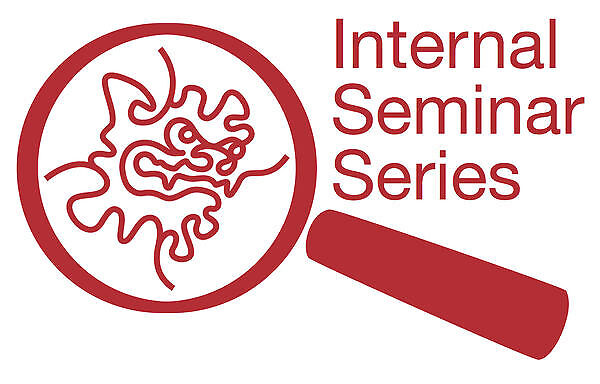Esther Lai, Inputs to Neurons in Layer 1 of Mouse Cerebral Cortex

Date
Location
Description
Speaker:
Esther Lai, Brain Mechanisms for Behaviour (Arbuthnott) Unit
Title:
Inputs to neurons in layer 1 of mouse cerebral cortex
Abstract:
In rodents, a major output from the basal ganglia arrives in layer 1 (L1) of frontal cortex. Neocortical L1, the most superficial layer of cerebral cortex, is composed of a small number of GABAergic interneurons and received massive excitatory input fibers from the ventromedial thalamus and other cortical and subcortical areas. Electrophysiological results have identified that L1 fibres from ventral motor thalamus have monosynaptic access to layer 5 cortical output (pyramidal tract, corticofugal or corticostriatal) and layer 6 corticothalamic output. Understanding the synaptic organization in L1 interneurons circuitry is vital for understanding the mechanism involved in regulating movement. For this study we have compared the postsynaptic responses in interneurons of L1 to optogenetic activation of both thalamocortical (thalamocortical pathway, TC) and contralateral cortical inputs (intratelencephalic tract, IT) using in vitro whole-cell patch-clamp recordings of motor cortex in C57BL/6J mice. We discovered that L1 interneurons received excitatory inputs from at least two set of input fibres. Interestingly, they evoked different paired-pulse response; TC afferent exhibited paired-pulse depression while IT input fibres evoked paired-pulse facilitation. Furthermore, many L1 interneurons have inhibitory responses – presumably from other interneurons within layer 1. In particular, L1 interneurons received proportionally more inhibitory signals after TC stimulation than after IT fibres. Such differences in the probability of finding inhibition strongly suggest that the two inputs control different numbers of interneurons, and so differently affect layer 1 actions. Based on our results, we hope that a study of this less populated area of cortex will illuminate the detailed interactions of motor thalamus with cortical areas involved in mechanisms of motor control. Increasing speculation about the role of cortex in Parkinson’s Disease symptoms -or even in the cause of the disease- make these experiments important for the understanding of the influence of basal ganglia on motor behavior.
The seminar will be followed by discussion with free pizza and soft drinks. Please bring a cup and a plate!
Subscribe to the OIST Calendar: Right-click to download, then open in your calendar application.



